(20907 products available)





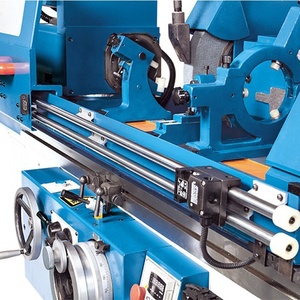








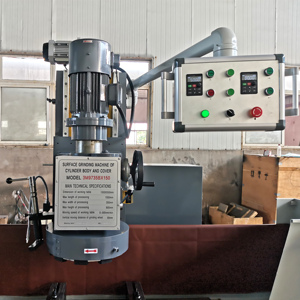
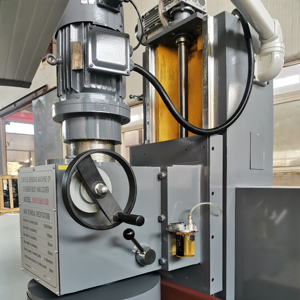













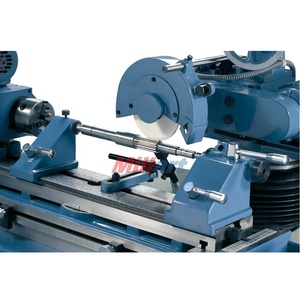







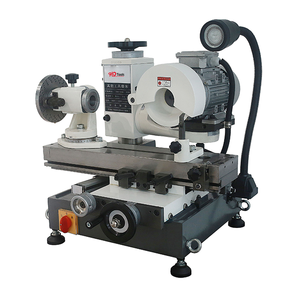






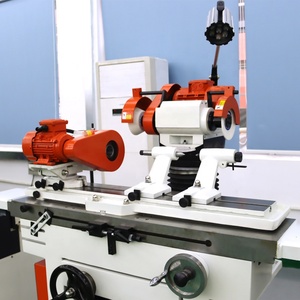



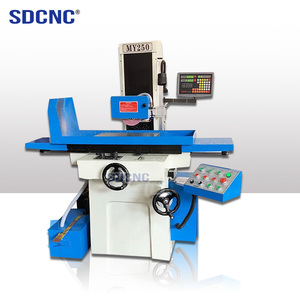







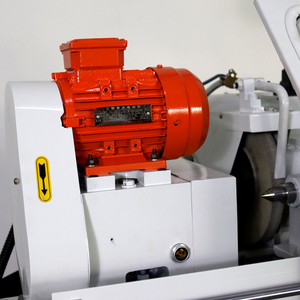









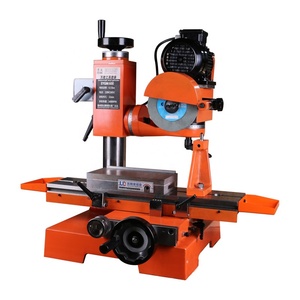
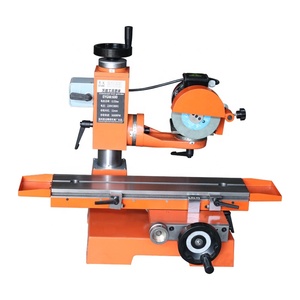
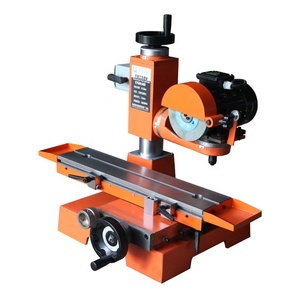


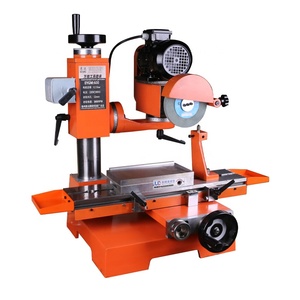


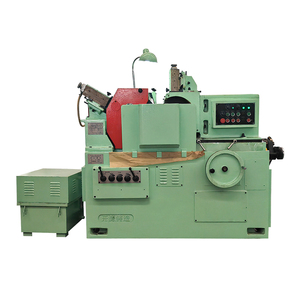


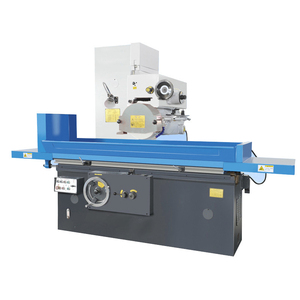







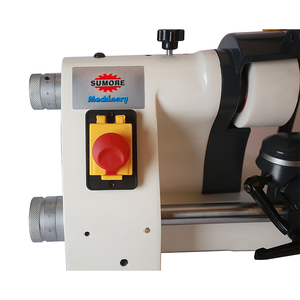
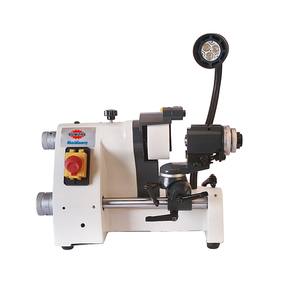
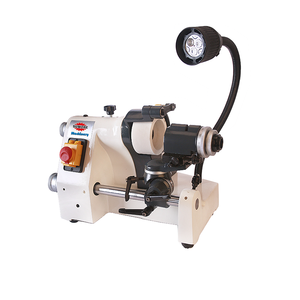













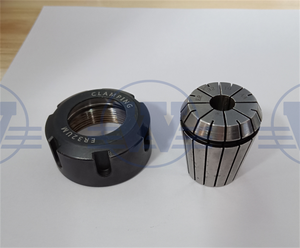
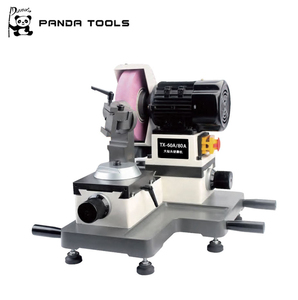
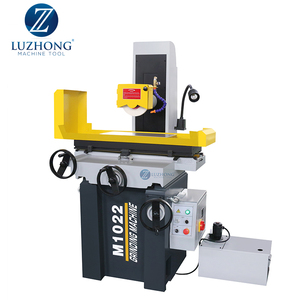
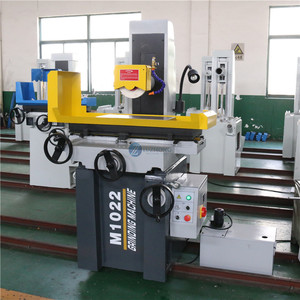

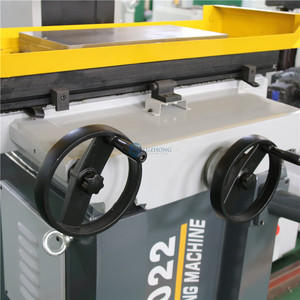
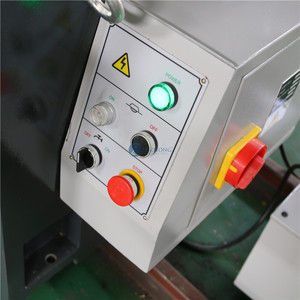













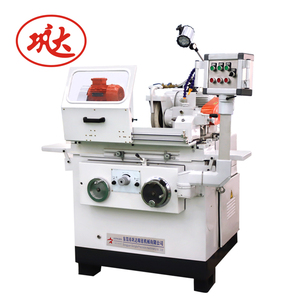


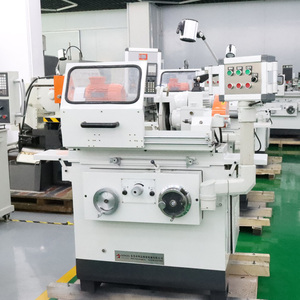










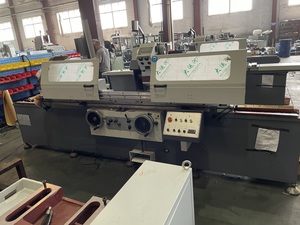











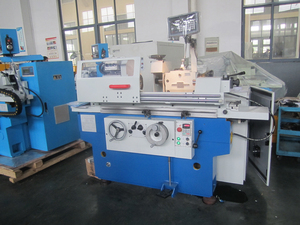
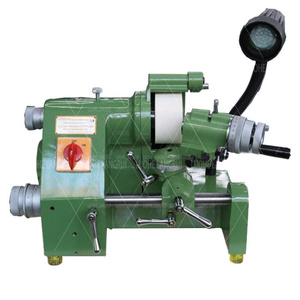







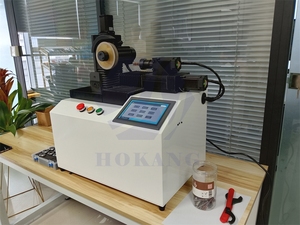










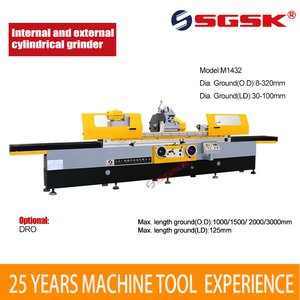





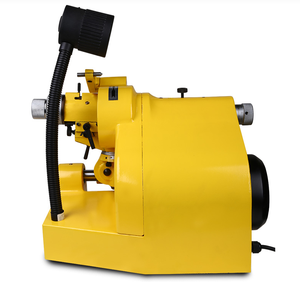

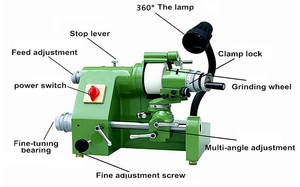







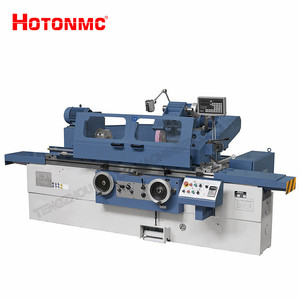

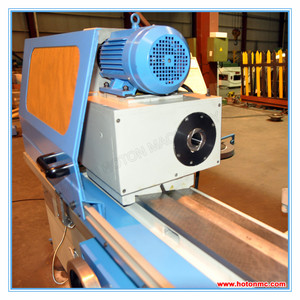

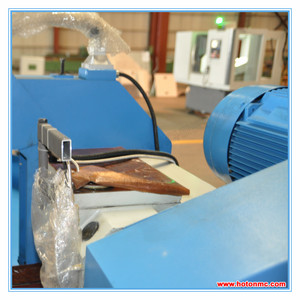

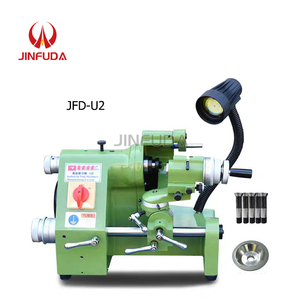
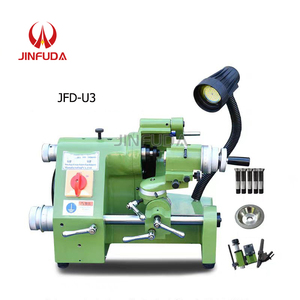



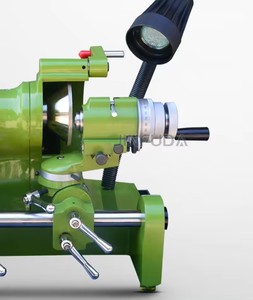
A universal grinding machine is a versatile tool used to perform grinding operations across a variety of materials. It is equipped with a grinding wheel and can precisely shape and finish workpieces. The unique feature of a universal grinding machine is its ability to adjust its workholding and spindle angles, making it suitable for complex and diverse grinding tasks. This adaptability allows the universal grinding machine to be widely used in various industries, including aerospace, automotive, tool making, and more, making it indispensable for achieving high-precision and efficient grinding processes.
It is important to understand the different types of universal grinder machines to choose the right one for a specific application. A cylindrical grinder is used for cylindrical workpieces and features a rotating wheel with the workpiece mounted on a central axis. A tool and cutter grinder is designed for sharpening various cutting tools, such as milling cutters and drill bits, providing precise results. A surface grinder is used to produce a smooth finish on flat surfaces and is often employed in creating precise and flat workpieces. A centerless grinder does not use a spindle or fixture to hold the workpiece, making it ideal for continuous and high-volume grinding.
Conversely, a belt grinder employs an abrasive belt to perform grinding operations, offering flexibility and speed in material removal. A jig grinder is a precision machine that uses a high-speed spindle to perform intricate and complex grinding tasks. A gear grinder specializes in the precise grinding of gear teeth to ensure smooth and efficient gear operation. A bench grinder is a smaller, bench-mounted machine used for light grinding, sharpening, and polishing applications. Lastly, a tool post grinder is mounted on a lathe for various grinding operations, providing versatility in machining processes.
It is crucial to follow certain steps to ensure safe and efficient operation of a universal tool and cutter grinder. Firstly, conduct a thorough inspection of the machine, checking for any damage or abnormalities. Ensure that all safety guards are in place and functioning correctly. Next, choose the appropriate grinding wheel for the specific material and operation. Mount the workpiece securely on the worktable or chuck, ensuring proper alignment. Adjust the spindle and workholding angles as needed for the desired grinding task, demonstrating the versatility of a universal cutter grinder.
Start the machine and allow it to reach the appropriate speed. Carefully bring the grinding wheel into contact with the workpiece, avoiding sudden or excessive pressure. Begin the grinding operation, moving the wheel smoothly and steadily across the workpiece. Use coolant or lubricant to prevent overheating and achieve a better surface finish. Monitor the process for any signs of vibration, unusual noises, or issues, and make adjustments as necessary. Once the grinding is complete, allow the machine to come to a complete stop before removing the workpiece. Perform a final inspection to ensure that the desired dimensions and finish have been achieved.